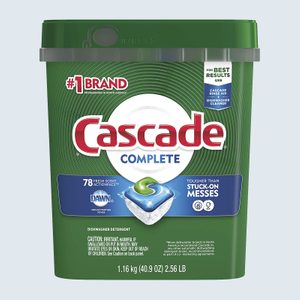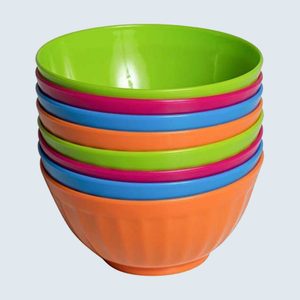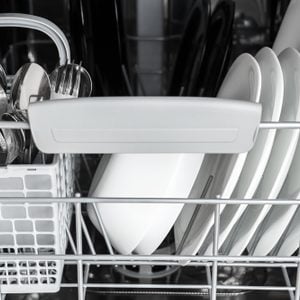You Should Always Add This One Ingredient to Your Dishwasher
Updated: Jan. 25, 2024

This key ingredient in your dishwasher will give your glassware an extra sparkle and prevent filmy residue from hard water.
A dishwasher can be a godsend, especially in a busy household or around the holiday season. But when it delivers cloudy, spotted glasses that need to be re-washed by hand? Well, that’s just a bummer.
While the hard water that’s causing that filmy residue can be softened, we’ve discovered a much easier hack for getting your stemware to sparkle: add white vinegar to the dishwasher right before you run it.
When it comes to all-natural pantry staples that have countless magical household uses, white vinegar gives baking soda a serious run for its money. Vinegar is a great alternative to noxious disinfectants and a gentle abrasive for cutting through grease and soap scum. Both traits make it the perfect secret ingredient for getting glasses squeaky clean. Trust us, it’s one of the rare dishwasher hacks that will change your life.
To give this trick a whirl, make sure your dishwasher is completely full—the best and most environmentally conscious way to go—then place a small bowl that’s half full of white vinegar (yes, we’re optimists). Make sure the bowl is dishwasher-safe, and stabilize it in the top rack. To avoid any possible damage to the dishwasher’s gaskets, don’t pour the vinegar directly into the rinse aid compartment. And make sure you’re not guilty of these ways you may be using your dishwasher wrong either.
Then add dishwasher soap—Amazon’s #1 bestselling brand is Cascade Complete, in case you’re in the market for something new—and run a regular cycle. From its top-tier position, the vinegar should evenly distribute among both levels. Then remove and enjoy your gleaming glassware.
From time to time, consider sanitizing the interior of your dishwasher using this very trick. Simply empty it out and run a hot water cycle with nothing but a bowl of white vinegar inside.
Sources
- Apartment Therapy: “You Should Put a Bowl of Vinegar in Your Dishwasher—Here’s Why”





